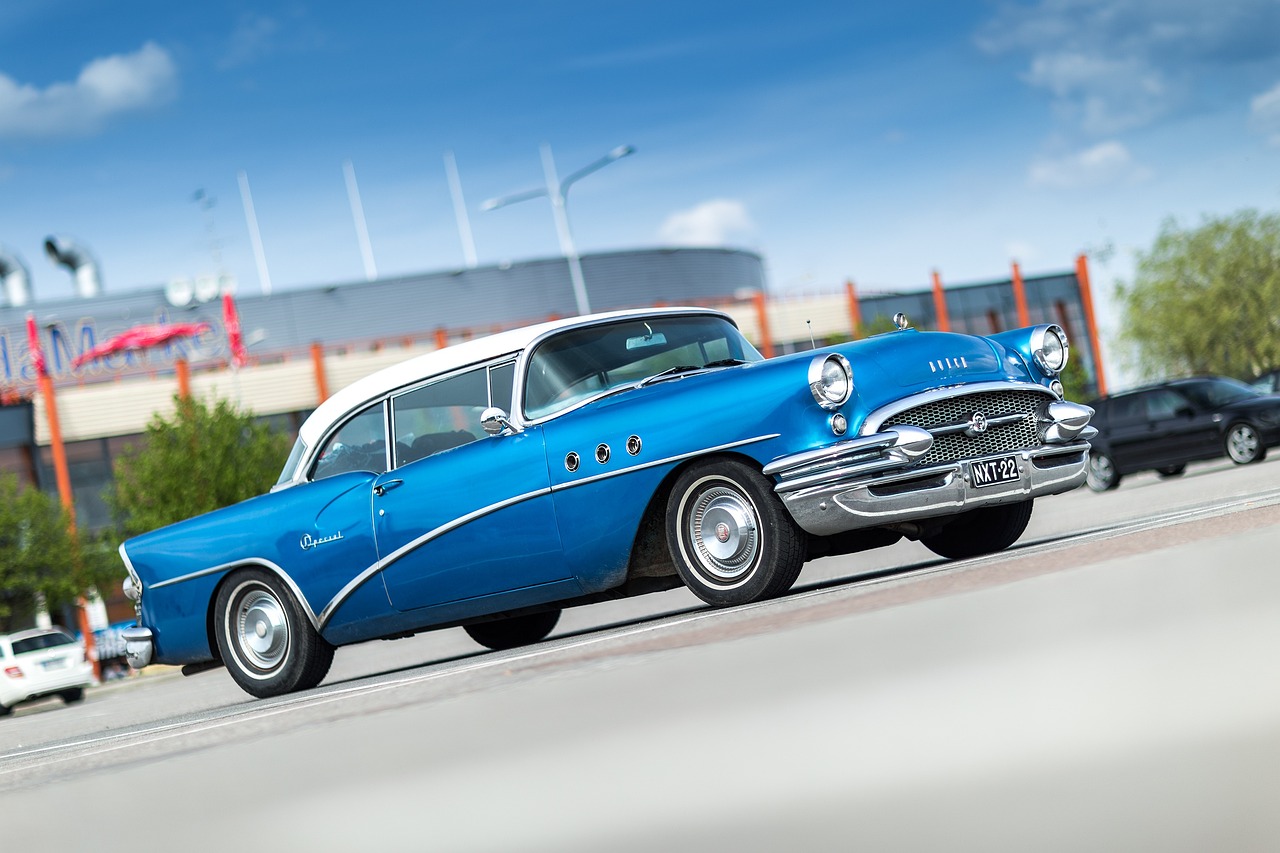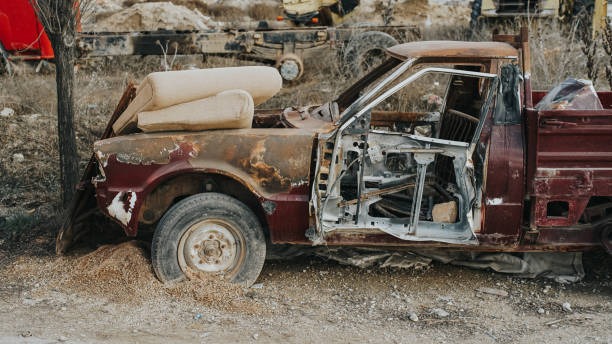Caring for a car isn’t just about keeping it running—it’s also about protecting its appearance and maintaining its value. A clean exterior doesn’t just turn heads; it also preserves the paint and prevents long-term damage from contaminants like bird droppings, road salt, and industrial fallout. That’s where car washes come into play, but the method you choose matters more than you think. Two popular options—touchless and hand car washes—each come with their own set of advantages and drawbacks. So which one is better? The answer depends on what you’re prioritizing: convenience, cost, thoroughness, or paint protection.
A touchless car wash is an automated system that uses high-pressure water jets and powerful detergents to clean your vehicle without any physical contact. You simply drive into the designated bay, and sensors guide the equipment around your car. Water and soap are sprayed over the entire surface, followed by a rinse and often a heated air dry. It’s fast, relatively affordable, and minimizes the risk of scratches since no brushes or cloths are used.
While touchless systems are designed to avoid damaging the paint, their reliance on chemicals raises concerns. To make up for the lack of mechanical scrubbing, these washes use strong cleaning agents that can strip away protective wax or sealants. Additionally, they often fall short when it comes to removing stuck-on grime like bug splatter, tar, or tree sap. For lightly soiled vehicles or drivers in a hurry, they can be an efficient choice—but not necessarily a deep clean.
A hand car wash involves individuals manually cleaning your vehicle using microfiber mitts, soft towels, and car-specific shampoos. This process often includes detailed attention to areas like wheels, trim, and door jambs—parts that automated systems may miss entirely. The benefit of this personalized approach is thoroughness and control. Experienced detailers know how to clean safely and effectively, reducing the risk of scratching while maximizing the quality of the finish.
The downside is time and cost. A proper hand car wash takes significantly longer and usually costs more than a touchless alternative. But for car enthusiasts, luxury vehicle owners, or anyone concerned about long-term paint preservation, the extra investment is often justified. Hand washes also offer opportunities for additional services such as clay bar treatments, waxing, and interior cleaning—all under one roof.
When it comes to raw cleaning power, hand car washes tend to outperform touchless systems. Manual scrubbing allows for precise attention to stuck-on debris, lower reliance on harsh chemicals, and the ability to tailor pressure and technique to each surface. Touchless systems, by comparison, may leave behind films of dirt that require a second round or follow-up car detailing. They’re limited by programming and cannot adapt to the unique needs of each vehicle, especially if the paintwork is older or has complex curves and contours.
However, touchless washes excel at uniform coverage and speed. They’re better suited for routine cleaning when your car isn’t heavily soiled. But don’t expect them to remove tar, brake dust, or bugs with the same effectiveness as hand washing. Ready to transform your ride into a showstopper? Discover expert shine and care at Cardetailcalgary.com where every detail matters.
Touchless washes pride themselves on being “paint-safe” because no mechanical contact occurs. This dramatically lowers the chances of swirl marks and micro-scratches caused by dirty or abrasive brushes in older automatic systems. Still, the trade-off comes with the chemical intensity of the detergents, which, over time, may strip wax and dull the finish.
Hand washes, if done properly, are also gentle on paint—but that depends heavily on the technique. Using unclean mitts, applying too much pressure, or using contaminated towels can easily cause damage. For best results, it requires skilled hands, clean tools, and proper washing methods like the two-bucket technique and pre-rinse to avoid friction.
There’s no denying the convenience of a touchless car wash. You drive in, wait a few minutes, and drive out with a relatively cleaner vehicle. They’re open around the clock, often self-serve, and require no appointments. This accessibility makes them an attractive option for people with busy schedules or who live in areas with harsh weather where outdoor washing isn’t practical.
Hand car washes, on the other hand, take more planning. You’ll need to find a trusted service, possibly wait in line or schedule an appointment, and set aside 30 minutes to an hour depending on the level of detail requested. For drivers who treat their cars as an investment rather than mere transportation, that time is well spent. But for casual drivers, the delay may seem like too much of a hassle.
In the long run, the method you choose affects not just how clean your car looks but how well it ages. Regular hand washes combined with waxing and detailing can help preserve clear coat integrity, reduce oxidation, and extend the lifespan of your paint. Touchless washes, while safe from abrasions, tend to erode protective finishes unless followed up with periodic maintenance like waxing or sealant application.
Those committed to regular maintenance may find touchless systems a good complement between full hand washes. For example, alternating between touchless washes and monthly detailing keeps the car fresh without overexposure to chemicals or abrasion.
So, which one is better—touchless or hand car wash? The answer isn’t one-size-fits-all. For quick, low-effort cleaning when time is of the essence, touchless car washes serve their purpose. They’re gentler on the paint compared to traditional brush-based systems and ideal for routine upkeep in urban environments. But if you’re seeking a thorough clean, want to maintain your vehicle’s finish, or drive a high-value car that deserves some pampering, hand washes are the superior choice.
Ultimately, a combination of both methods could be the most practical strategy. Use touchless washes for maintenance and hand washing when you want precision, protection, and detail. Your car deserves more than a rinse—it deserves care tailored to its needs and your driving lifestyle.




Want to add a comment?